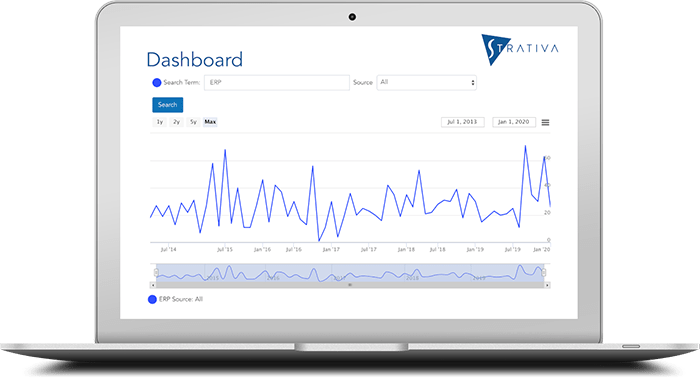
The service catalog is the foundation for an organization’s IT service offerings. A well-designed service catalog provides several benefits: it demonstrates the value of IT, defines service levels, and facilitates budgeting. It provides a basis for making service requests and for service reporting. And it can be useful for deciding when to outsource a service and how to evaluate potential service providers.
How does an organization go about actually constructing a service catalog? The approach for designing and implementing a service catalog will be different from industry to industry and even from business to business. The objectives for the service catalog also will dictate different approaches. For example, if the company does not want to charge back users in order to recover IT costs, it can avoid the task of defining usage metrics and establishing pricing, which can be a large part of the implementation effort.
Nevertheless, there are steps in the process that are common to every service catalog project. Strativa Practice Director Wayne Meriwether outlines these steps in a special report, entitled How to Build an IT Service Catalog, for our sister IT research firm, Computer Economics. In this report, Wayne provides guidelines for creating a catalog and lays out six steps that most service catalog implementation projects have in common. He also provides sample service catalog descriptions for a set of business services and technical services.
The challenges in implementing an IT service catalog are not technical. The effort is in understanding the requirements of the business and gaining buy-in from all the stakeholders for the overall structure of the catalog and its contents. The report provides guidelines for avoiding typical mistakes made in implementing an IT service catalog.
The full report is available here, at no charge, upon request.

